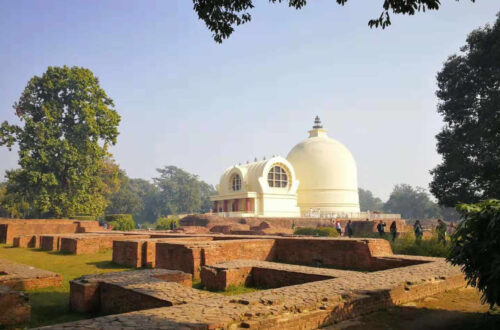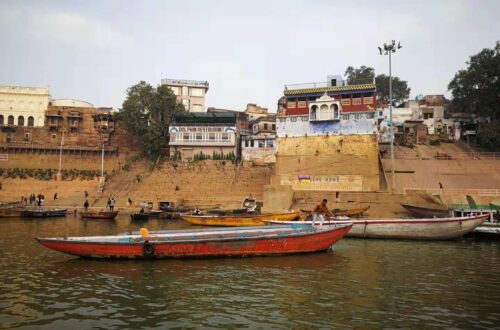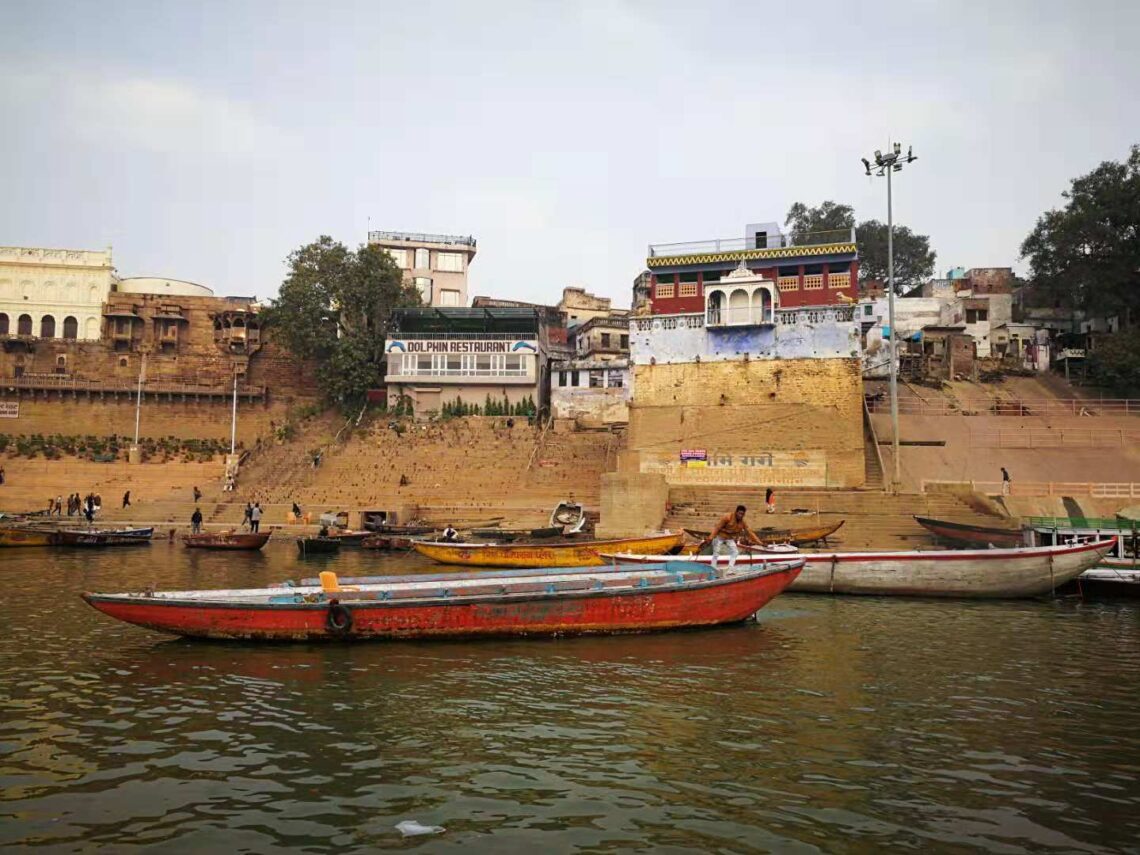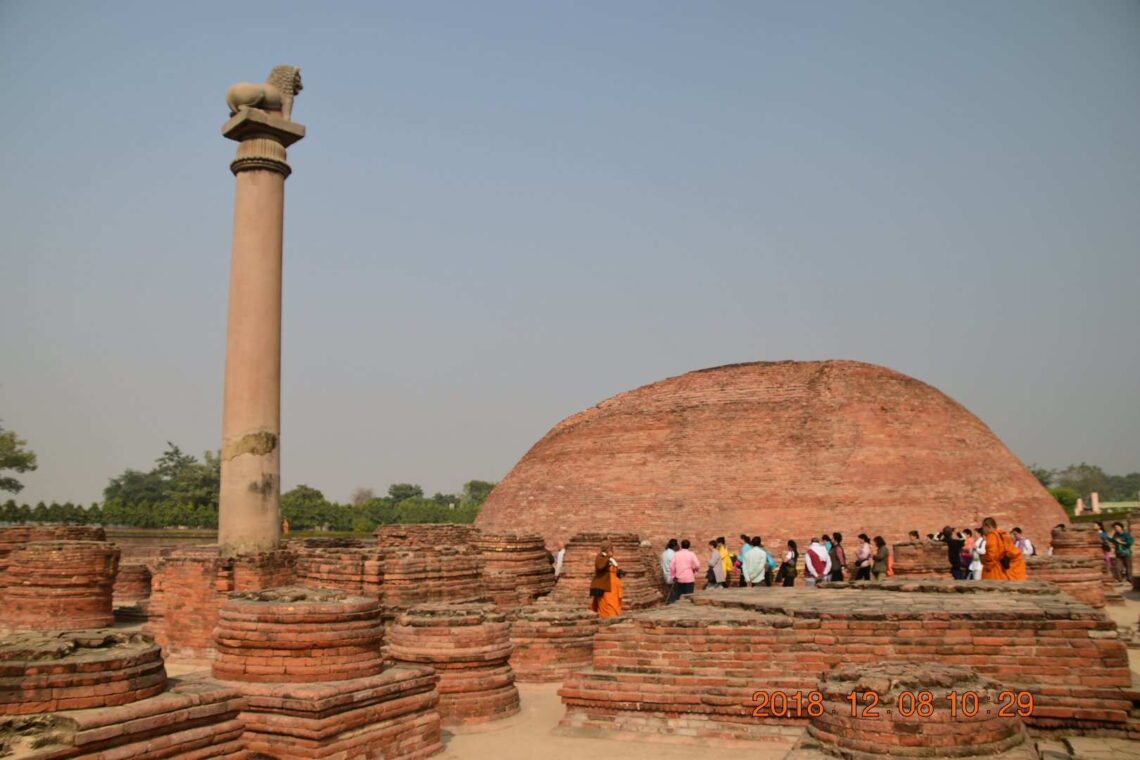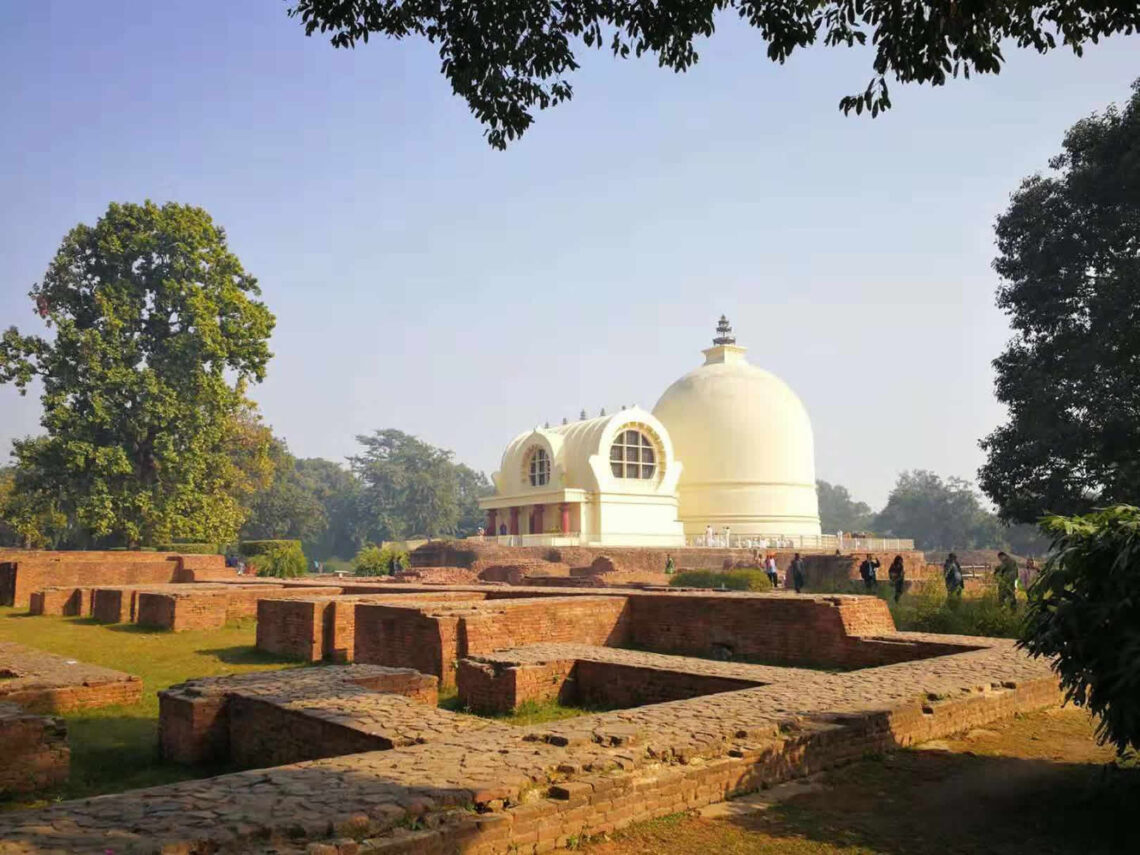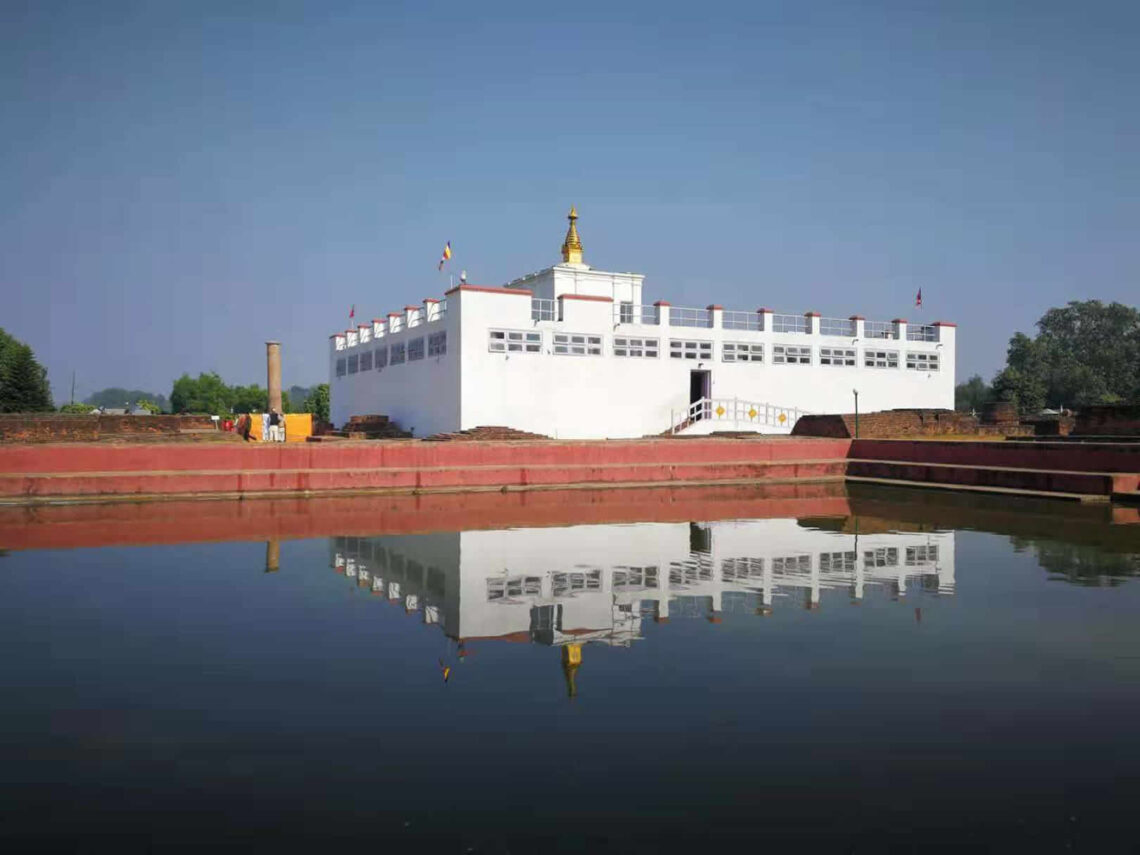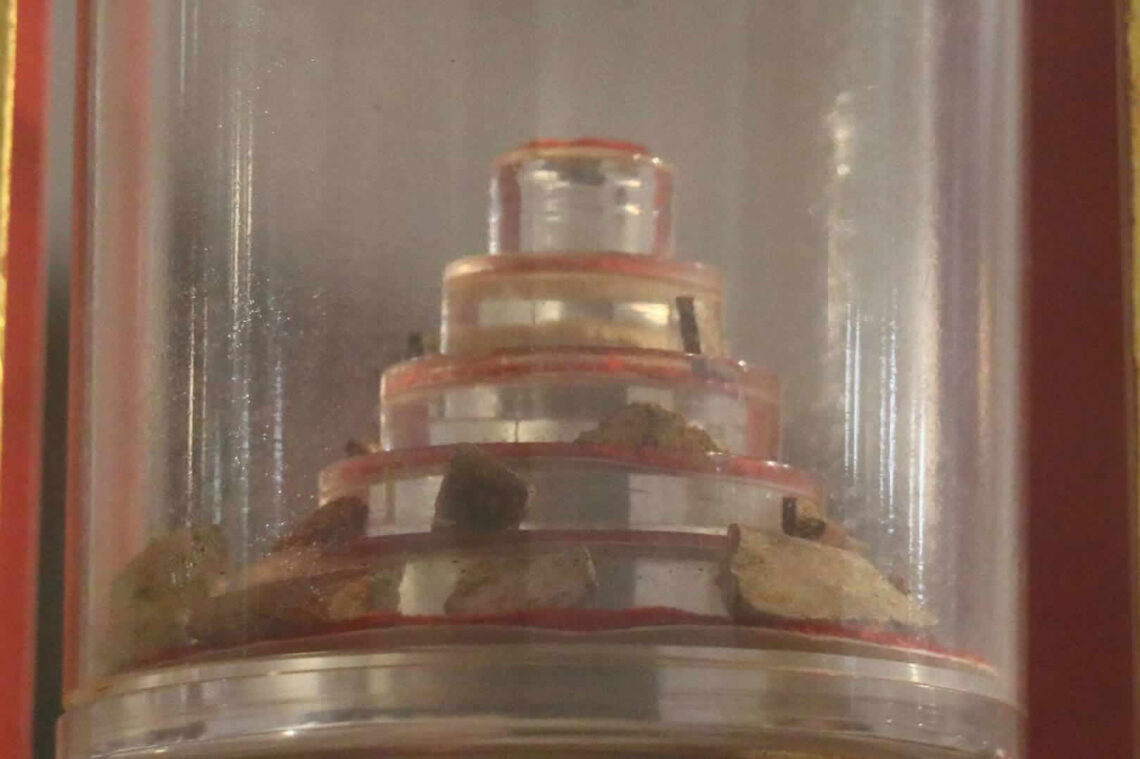Indian Pilgrimage Trip
-
Day 1: Capital New Delhi-Varanasi-Sarnath
Indian Pilgrimage Trip 8th Travel Date:2024-12-04 The Capital of India: New Delhi New Delhi is the capital of India, located in the northern part of the country within the National Capital Territory of Delhi (NCT of Delhi). As the political center of India, New Delhi is home to the central government, including the Presidential Residence, Prime Minister’s Office, Parliament House, and the Supreme Court. As a cultural and economic hub, New Delhi is rich in historical landmarks, museums, and iconic structures, such as the India Gate, Rashtrapati Bhavan (Presidential Residence), and the Lotus Temple. Known for its cultural diversity and thriving economy, New Delhi stands as one of the most…
-
Day 2: Varanasi-Sarnath
Indian Pilgrimage Trip 8th Travel Date:2018-12-05 Varanasi Varanasi, also known as Benares or Kashi, is one of the oldest cities in India and among the world’s most ancient continuously inhabited cities. Located on the western bank of the Ganges River in the Indian state of Uttar Pradesh, Varanasi is revered as the spiritual capital of India. It holds immense religious significance for Hindus, Buddhists, and Jains. The city’s history dates back to around 2000 BCE or earlier, with numerous mentions in ancient Indian scriptures and legends. Sarnath, located near Varanasi, is the site where Gautama Buddha delivered his first sermon, making it a pivotal location in Buddhism, here has featuring…
-
Day 3: Bodh Gaya-Pragbodhi Cave
Indian Pilgrimage Trip 8th Travel Date:Dec 6,2018 Bodh Gaya Bodh Gaya is one of the most important sacred sites in Buddhism, Bodh Gaya is one of the most important sacred sites in Buddhism, located approximately 10 kilometers south of Gaya in Bihar, India. It is renowned as the place where Siddhartha Gautama, later known as Buddha, attained enlightenment. The history of Bodh Gaya dates back to the 6th century BCE, when Prince Siddhartha, after years of severe ascetic practices, came to this area by the Neranjana River. After bathing in the river and receiving a bowl of rice milk from a shepherdess, he regained his strength. Under a Bodhi tree,…
-
Day 4: Vulture Peak (Ling Shan)-Nalanda-Xuan Zang Memoria
Indian Pilgrimage Trip 8th Travel Date: DEC 07, 2018 Vulture Peak (Ling Shan) Vulture Peak, also known as Gṛdhrakūṭa, is located near Rajgir in Uttar Pradesh, India, and is one of the most significant Buddhist sacred sites. Siddhartha Gautama, the Buddha, delivered many teachings here, including the Lotus Sutra. Vulture Peak is renowned for its association with the Buddha’s sermons, symbolizing the wisdom and compassion of Buddhist teachings. The mountain offers serene beauty and a tranquil atmosphere, making it a vital site for Buddhist worship and meditation. It is also the origin of the “Vulture Peak Assembly” mentioned in Buddhist traditions, attracting countless pilgrims for reflection and reverence. Nalanda Nalanda,…
-
Day 5:Vaisali-Kesariya Stupa
Indian Pilgrimage Trip 8th Travel Date: DEC 08, 2018 Vaisali Vaisali, an ancient and renowned city in India, was one of the significant places where Buddha preached. It served as the capital of the Vajji Republic, known for its thriving commerce, culture, and as one of the earliest democracies in history, establishing a republican system of governance. Buddha announced his approaching Parinirvana here and delivered important teachings, such as the Mahaparinibbana Sutta. Vaisali is regarded as a sacred Buddhist site, drawing countless pilgrims to pay homage and reflect on its spiritual legacy. Kesariya Stupa Kesariya Stupa, located in Bihar, India, is one of the most significant relics in Buddhist history.…
-
Day 6:Ramabhar Stupa-Kushinagar
Indian Pilgrimage Trip 8th Travel Date: DEC 09, 2018 Ramabhar Stupa The Ramabhar Stupa, located in Kushinagar, Uttar Pradesh, India, is a renowned Buddhist site. According to Buddhist scriptures, this stupa marks the place where Siddhartha Gautama, the Buddha, was cremated after attaining Mahaparinirvana. Following his cremation, the Buddha’s relics were distributed among eight kingdoms for veneration, and the Ramabhar Stupa is believed to be the exact location of the cremation. Standing approximately 15 meters tall, the stupa was historically a flourishing center for pilgrimage. The name “Ramabhar” may be derived from local traditions or geographical features. Today, it serves as an important pilgrimage site for Buddhists, attracting devotees and…
-
Day 7:Lumbini-Kapilavastu
Indian Pilgrimage Trip 8th Travel Date: DEC 10, 2018 Lumbini Lumbini, located in southern Nepal, is the birthplace of Siddhartha Gautama, the Buddha, and one of the Four Great Buddhist Holy Sites. According to Buddhist scriptures, Buddha was born here in 623 BCE under a sal tree while Queen Maya was strolling in the garden. Lumbini holds immense religious and historical significance as the origin of Buddhist faith. Key attractions in Lumbini include:Maya Devi Temple,Ashoka Pilla,Sacred Pond.Lumbini is recognized as a UNESCO World Heritage Site, drawing countless Buddhist devotees and visitors for pilgrimage and reflection. It stands as a vital symbol of global Buddhist culture. Kapilavastu Kapilavastu, an ancient city…
-
Day 8:Jetavana Monastery
Indian Pilgrimage Trip 8th Travel Date: DEC 11, 2018 Jetavana Monastery Jetavana Monastery, formally known as Jetavana Anathapindika Arama, was the first officially established Buddhist monastic community in history. Located in the ancient city of Shravasti (present-day Uttar Pradesh, India), it was built on land purchased by the wealthy benefactor Anathapindika (Sudatta) from Prince Jeta, hence its name. Jetavana Monastery was one of the most frequented and long-lasting places where Buddha taught, with many significant scriptures, such as the Diamond Sutra and Lotus Sutra, being expounded here. Jetavana served not only as a residence and teaching center for Buddha but also as a crucial base for the Sangha to practice,…
-
Day 9:The Taj Mahal
Indian Pilgrimage Trip 8th Travel Date: DEC 12, 2018 The Taj Mahal The Taj Mahal, located in Agra, Uttar Pradesh, India, is one of the most famous monuments in the country and one of the Seven Wonders of the World. It was built between 1631 and 1653 by the Mughal Emperor Shah Jahan in memory of his beloved wife Mumtaz Mahal. Constructed entirely of white marble, the mausoleum combines Islamic, Persian, Ottoman Turkish, and Indian architectural styles. Its symmetrical structure, intricate carvings, and exquisite inlay work reflect exceptional craftsmanship. More than just a grand tomb, the Taj Mahal stands as a timeless symbol of love. With its artistic beauty and…
-
Day 10:National Museum of India
Indian Pilgrimage Trip 8th Travel Date: DEC 13, 2018 National Museum of India The National Museum of India, located in New Delhi, is one of the largest and most significant museums in India. Established in 1949, the museum houses an extensive collection of artifacts and artworks spanning from prehistoric times to the modern era, showcasing India’s rich history, culture, religion, and art. Key exhibits include: 1. Buddhist Artifacts: Displays of Buddha statues, stupa models, and significant relics related to the spread of Buddhism. 2. Harappan Civilization Artifacts: Items and carvings from the Indus Valley Civilization, reflecting the splendor of ancient Indian culture. 3. Classical Indian Art: A collection of exquisite…


